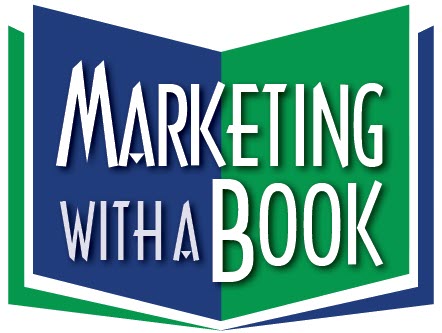Are you open to the possibility of attracting high-paying clients with a book?
If you are an independent professional or consultant, how should you use getting published to increase revenues? First, understand that generating leads is an investment and should be measured like any other investment. Next, quit wasting money on ineffective means like brochures, advertising and sponsorships. The best marketing investment you can make is to get help creating informative Web sites, hosting persuasive seminars, booking speaking engagements, and getting published as a newsletter columnist and eventually as a book author.
Being a published author is the quickest path to becoming an expert that attracts new clients. So why doesn’t every professional and consultant have a book? Thanks to new technologies, today it is not only possible to produce a professional-looking copy of your book for under $1,000, you can also market the book through reputable sales channels.
A decade ago, there weren’t too many options for professionals and consultants to get into print as a book author. If a traditional publisher wasn’t interested in your manuscript, your only other option was to spend tens of thousands of dollars with a subsidy press or custom printer. And then, without ready distribution, good luck trying to sell the books.
But that has all changed because alternative publishers are able to print both paperback and hardcover books as they’re needed due to the bold new digital publishing technology known as “print-on-demand.”
Going digital allows books to be produced in small quantities – even one at a time – almost instantaneously. No longer does publishing require behemoth offset presses, hangar-size warehouses, and fleets of trucks.
These alternative publishers have made a conscious decision to offer their services to everyone, rather than give control to an elite clique of editors and agents, as is often true in traditional publishing. While incoming manuscripts are checked for formatting before a new title goes online, alternative publishers do not edit for style and content. These companies do not make value judgments about the literary merit of books. The author decides what the public reads, and the public decides if it makes good reading or not. It is a purely market-driven approach, and allows almost anyone to make a new book available to millions of readers, at a small fraction of the cost of traditional publishing methods.
There are challenges, of course. Because print-on-demand books are not typically stocked on bookstore shelves, authors need to do a good job of marketing through publicity, direct mail and the Internet. But if you are a nonfiction author willing to be a self-promoter and whose book targets an identifiable market, then alternative publishing may be right for you.

